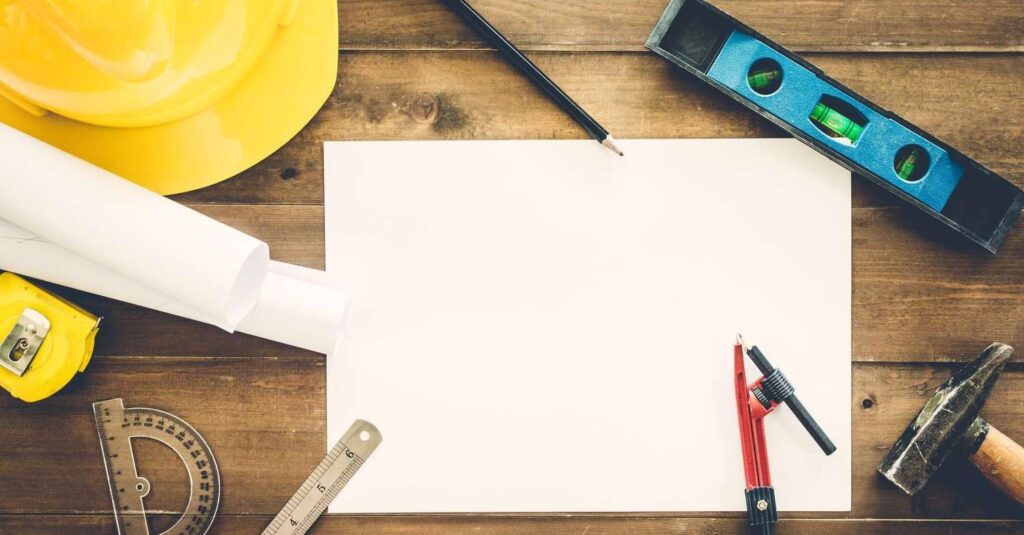The space occupied by a cube with sides precisely one foot long is measured in cubic feet. To determine the rate of movement of gas molecule from one side to the other, cubic feet is considered as a measuring unit. It can be written as feet ^ 3, regarding the three-dimensional (3D) solid object i-e; an object with length, width, and height. It measures the capacity of containers, apartments, and others.
In this topic, we will acknowledge the measurement of cubic feet with its formula. We will also describe the significance of cubic feet in everyday life by solving examples etc.
What is meant by volume in cubic feet?
The cubic foot is a mathematical term that is used to describe a space of any arbitrary object occupied. It often means to measure volume or capacity. Generally, it is a unit of measurement of the unit volume of a cubic object.
Unit of Measurement
When calculating dimensions or volumes, it’s essential to note the units being used. In the context of this discussion, we’ll focus on the unit ‘cubic feet’ or ft3.
For any arbitrary solid with dimensions:
- Length ‘L’ in feet (ft)
- Width ‘W’ in feet (ft)
- Height ‘H’ in feet (ft)
Where:
- The length represents the measurement of an object along its longest side.
- Width is the dimension perpendicular to the length.
- Height is the measurement perpendicular to both the length and width.
The formula for the volume of the cubic solid is:
Volume of cubic solid = Length (in feet) × Width (in feet) × Height (in feet)
Ways to find the volume of cubic feet
Below are a few ways to measure volume in cubic feet.
Measure the Length, Width, and Height:
Use a measuring tape or ruler to measure the length, width, and height of the space or object in feet. For other units, look up the conversion factor to feet and apply it similarly.
Multiply the Dimensions:
Once the length, width, and height are all converted to feet, calculate the volume using the formula:
Volume (in cubic feet) = Length (in feet) × Width (in feet) × Height (in feet)
Basic Units of Conversions:
The following table shows how we can change other units of measurement into feet.
| Measurement unit | Conversion to feet | Measurement unit | Conversion to feet |
| Mile | Multiplied with 5289 | Kilometer | Multiplied with 3281 |
| yard | Multiplied with 3 | Meter | Multiplied with 3.281 |
| Inch | Divided by 12 | Centimeter | Divide by 30.48 |
Note that, it is not necessary to convert other units of measurement into feet before using the formula.
The following table tells how to change other cubic units into cubic feet units.
| Cubic unit | To convert in cubic feet | Cubic unit | To convert in cubic feet |
| Cubic Mile | Multiplied with 147,197,952,000 | Cubic Kilometer | Multiplied with
35,314,666,720 |
| Cubic yard | Multiplied with 27 | Cubic Meter | Multiplied with 35.3147 |
| Cubic Inch | Divide by 1728 | Cubic Centimeter | Divide by 28316.8466 |
These calculations will allow you to convert measurements of volume in these cubic units into cubic feet.
Examples of Finding Volume in Cubic Feet
Let us solve some examples relevant to this topic to understand it well.
Example1:
In a specific company, there are more than 50 tables in the meeting hall. Each table is of dimensions 12 feet long, 8 feet wide, and 6 feet in height. Determine the volume in cubic feet of each table.
Solution:
Here,
Length = 12 ft, Width = 8 ft, Height = 2.5 ft
The formula to calculate the volume of a table in cubic feet is given by:
Volume = Length × Width × Height
Since all the values of a given rectangular container are measured in feet. By putting l=12ft, w=8ft, h=2.5ft
We have;
Volume of rectangular container = 12ft × 8ft × 2.5ft
Volume of rectangular container = 240 ft3
Therefore, each table in the meeting hall of an office is of volume 240 ft3
You can also use online tools such as cubic ft calculator to deal with the problems related to finding volume in cubic feet.
Cubic feet calculator by AllMath
Example2:
All of the ground-floor classrooms at a school are 16 feet long, 7 feet wide, and 8 feet tall. Determine the ground-floor classrooms’ combined volumes.
Solution:
Here,
Length = 16 ft, Width = 7 ft, Height = 8 ft
The formula to calculate the volume of a classroom in cubic feet is given:
Volume = Length × Width × Height
Since all the values of a given classroom are measured in feet. By putting l=16ft, w=7ft, h=8ft
We have;
Volume of rectangular container = 16ft × 7ft × 8ft
Volume of rectangular container = 896 ft3
So, each rectangular container’s volume is 896 ft3
Application of cubic feet in our daily life
Cubic feet play a sufficient role in our daily life. Here are some key reasons and applications for the importance of cubic feet:
- Manufacturing and Industries: Understanding the notion of cubic feet is essential for production planning, material management, etc. in a variety of industries, including construction, manufacturing, supermarkets, and logistics. They may use it to precisely predict volumes, arrange storage needs, and enhance manufacturing procedures.
- Home management: The idea of cubic feet is very important in home management because it allows us to calculate how much paint, flooring, wallpaper, timber, or concrete we will need for a project based on the precise volume of a room, kitchen, TV lounge, etc.
- Packaging and Shipping: For Cargo services, Companies involved in packaging and shipping goods rely on cubic feet to handle their logistics. Calculating the volume of boxes helps to determine appropriate sizes and shipping container capacity.
- Design of structures: In engineering, engineers use the concept of cubic feet to calculate the volume of structures such as buildings, bridges, and tunnels, to ensure their stability and safety. After taking into mind the concept of cubic feet, the engineers may improve the reliability of their projects.
- Measurement of water and other fluids: The amount of water and other liquids is measured in cubic feet, which is crucial for the construction of tanks and pipes. This aids them in making sure the system is built to stop leaks and other problems while readily handling the needed volume of fluid.
Conclusion
In this article, we explore cubic feet, its formula, and its significance in engineering and everyday life. We delve into methods for calculating cubic feet, demonstrate conversions of various quantities into cubic feet, and provide illustrative examples. By fully understanding the topic, you’ll be equipped to determine the cubic feet of solid items.






